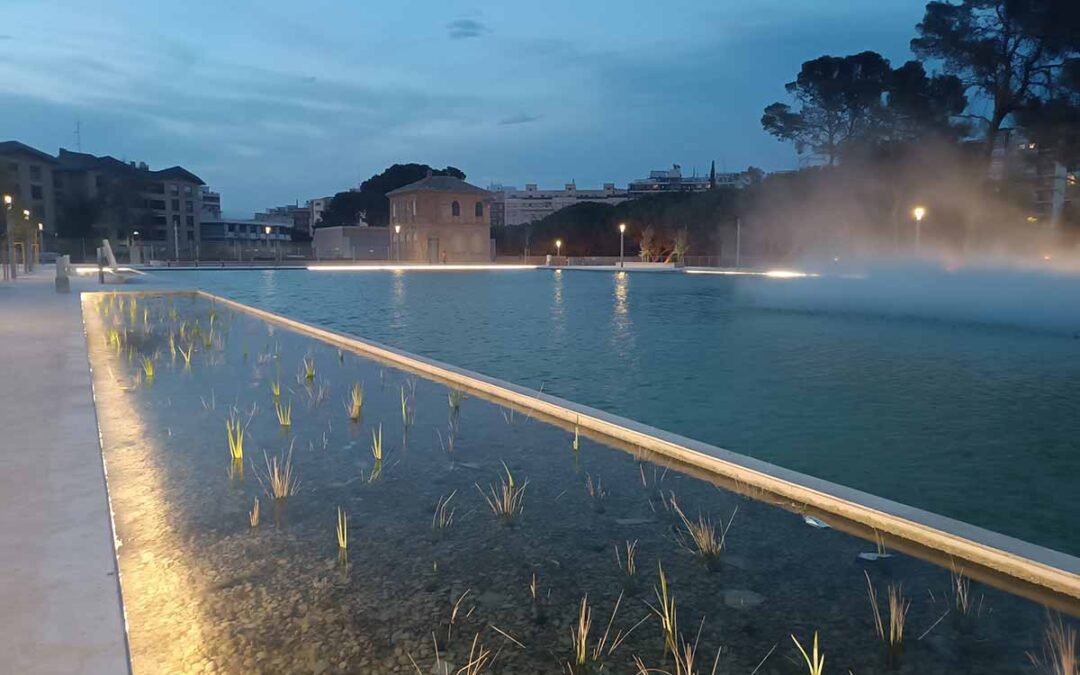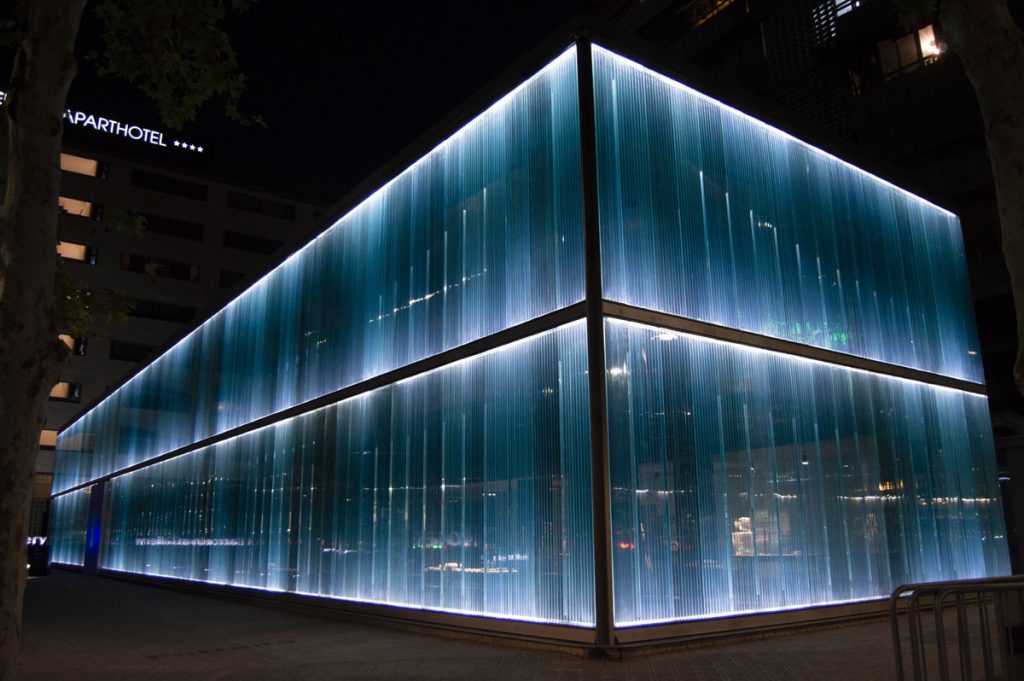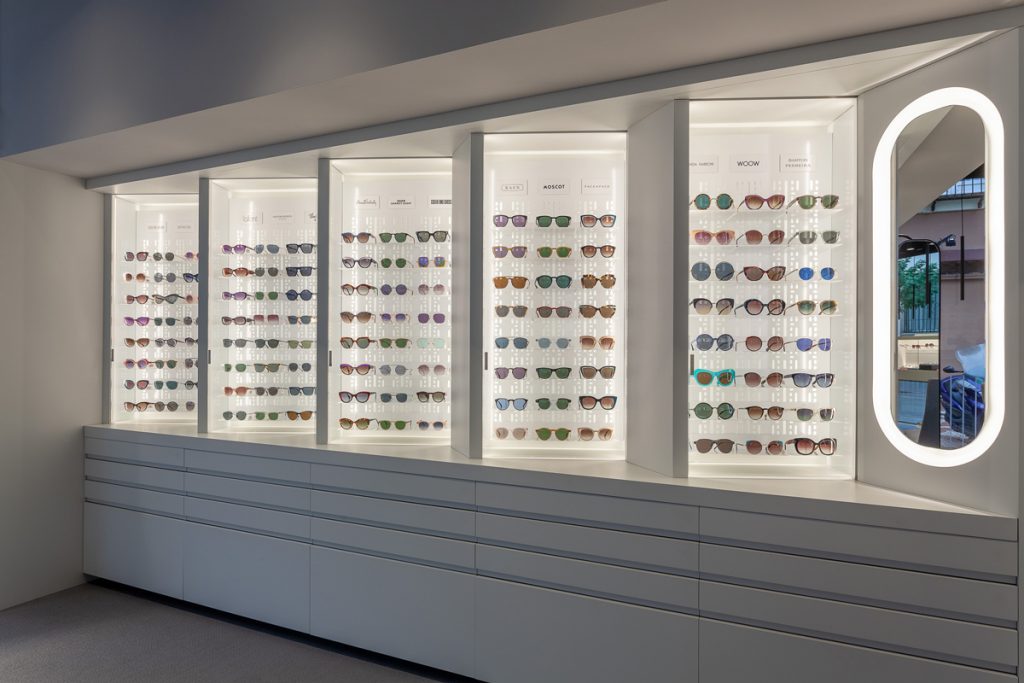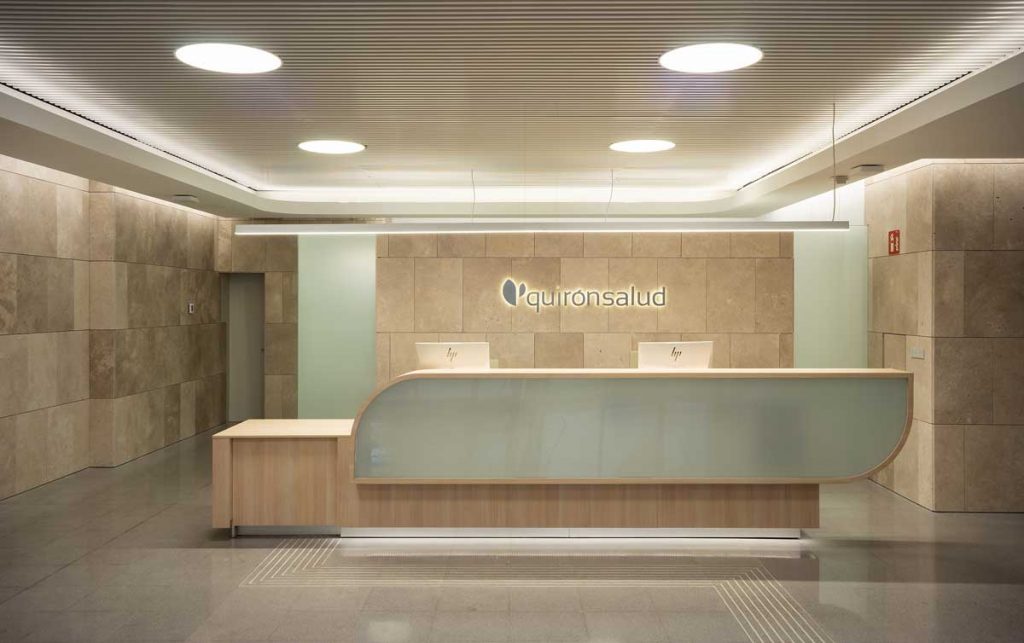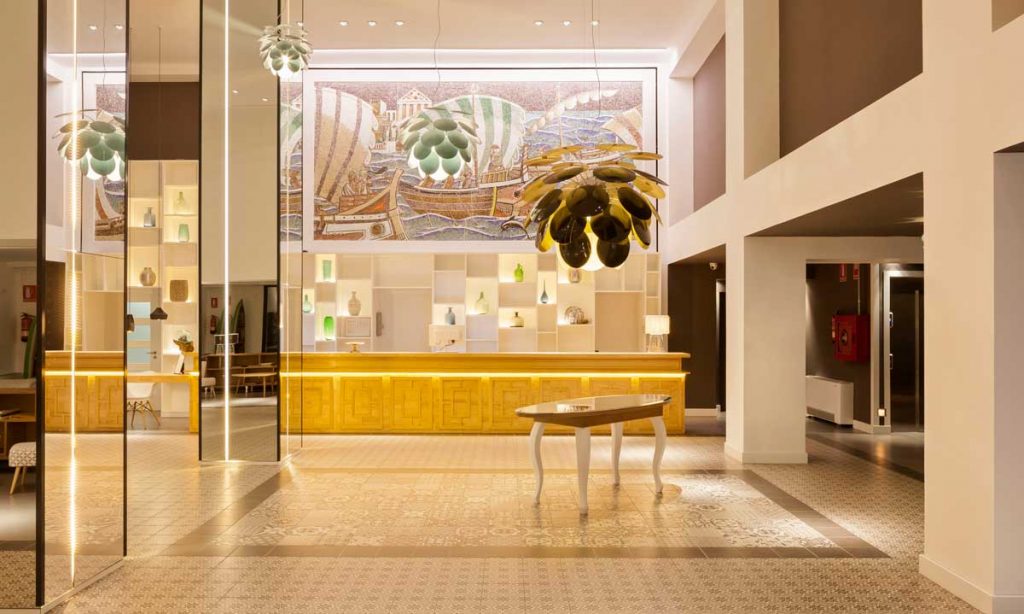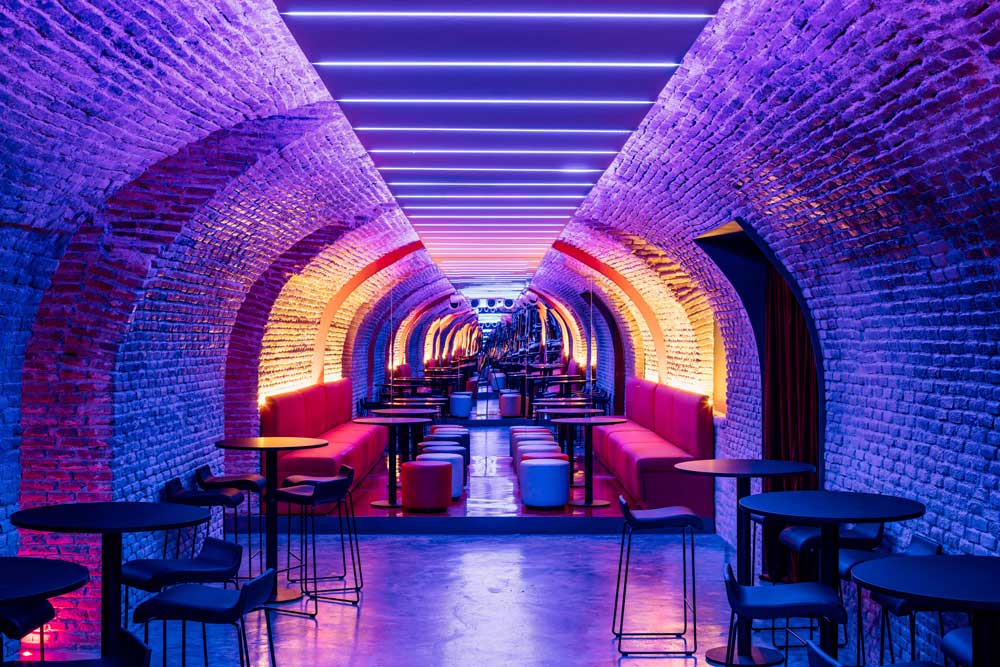
The notion that artificial light can only be switched on or off is now a thing of the past. Dynamic lighting has come to stay, thanks to LED technology and its control systems. But what is dynamic light? Well, its lighting that can vary and change, to better adapt to the room or the needs of the people, through changes in colour temperature, intensity and even chromatic spectrum.
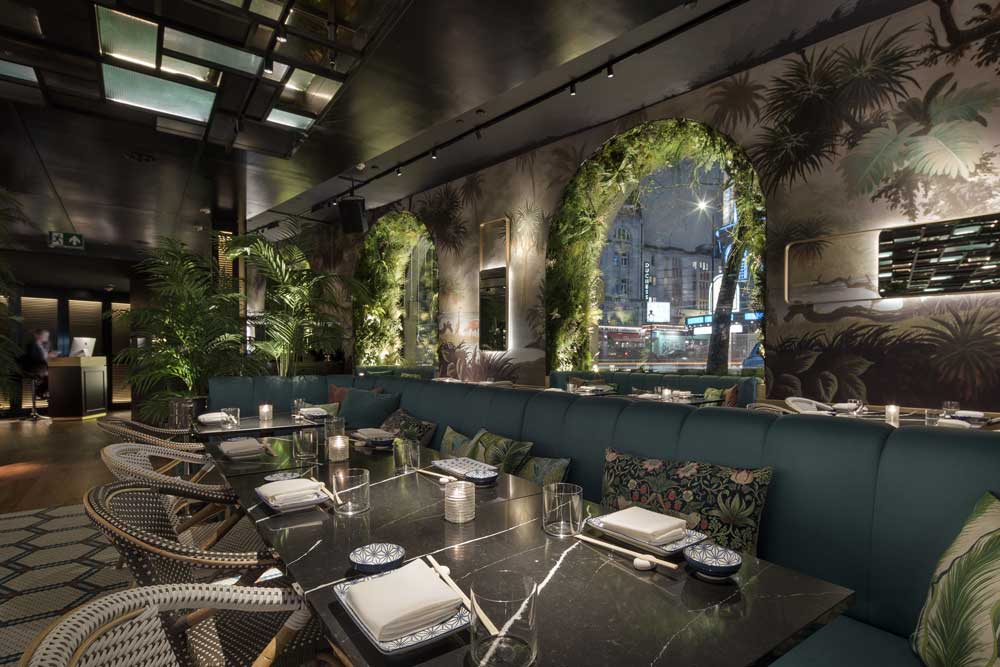
Natural light as a benchmark
Sunlight is dynamic by nature, transforming its composition and distribution throughout the day, with changing speeds and patterns that we as humans find fascinating. In indoor spaces, the distribution of natural light is made up of diffused light and reflected light, which is redistributed on surfaces in a complex way, thanks to refraction and reflection. Fortunately, LED technology now allows us to reproduce and reinterpret the dynamic nature of natural light both indoors and outdoors.
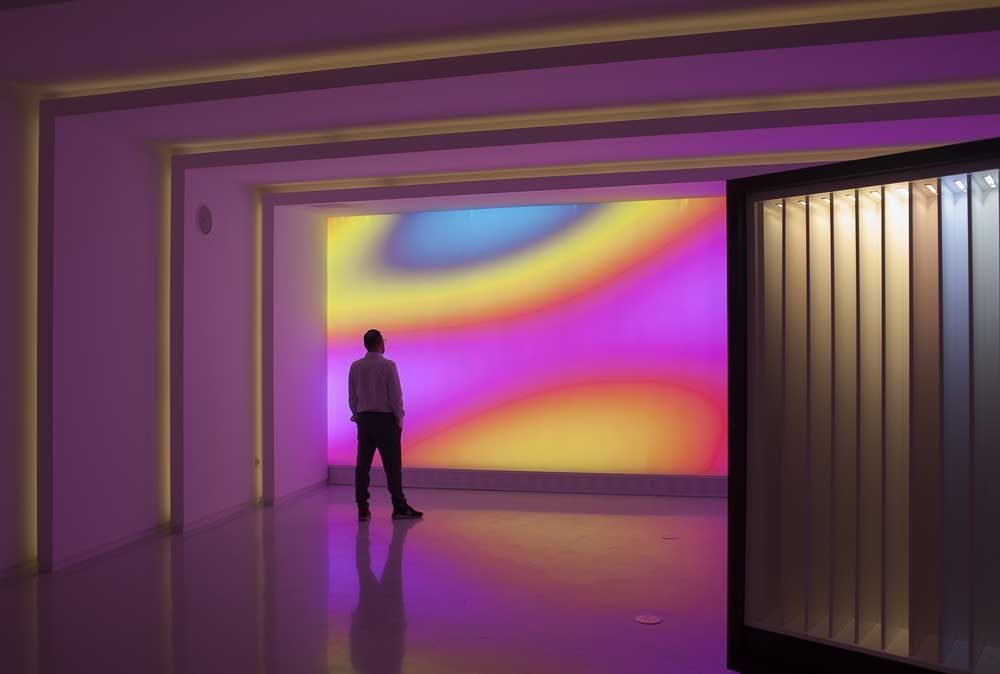
Benefits
Static lighting affects the way we perceive our environment, whereas dynamic lighting has the added ability to influence our emotions and sensations. Because it is flexible and customisable, it helps create comfortable, adaptable spaces that are more centred on the human being. Dynamic light also provides more experience- and sensory spaces, whether by amplifying our feelings, as in commercial shops, concerts and events, or by helping us to reconnect with ourselves, in more private and relaxing spaces, where the changes in brightness and tone can generate feelings of wellbeing. When dynamic lighting imitates the natural rhythm of the day and night, it helps to improve our inner biological clocks.
But what are the most common applications of dynamic lighting?

Connecting with the outdoors / Imitating daylight
A paradigmatic case of this would be an office, where the quality of natural light is fundamental, according to WELL certification standards. Dynamic lighting can adapt to the tasks and needs of each user, making for better attention and concentration.
For industrial work, dynamic lighting ensures the workers’ state of alertness and concentration, fostering greater safety.
Similarly, in the school setting, it has been proven that students’ performance improves significantly under dynamic lighting. The youngest children particularly benefit from a type of lighting that supports their activity and rest periods.
And in homes that lack natural light, the changing patterns of the lighting help the people to feel more connected with the outside world.
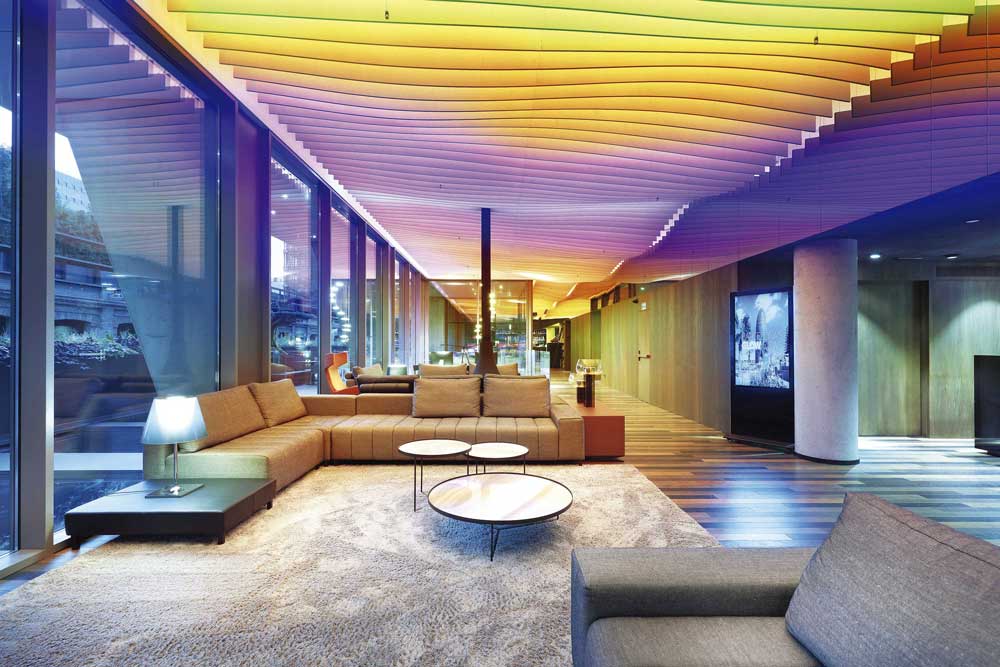
Achieving flexibility in use
In places like the hotel lobbies, event reception halls, multipurpose halls and auditoriums, dynamic lighting can quickly transform and adapt the spaces to the specific type of event or to new uses, and it is unquestionably an advantage when it comes to selling services.
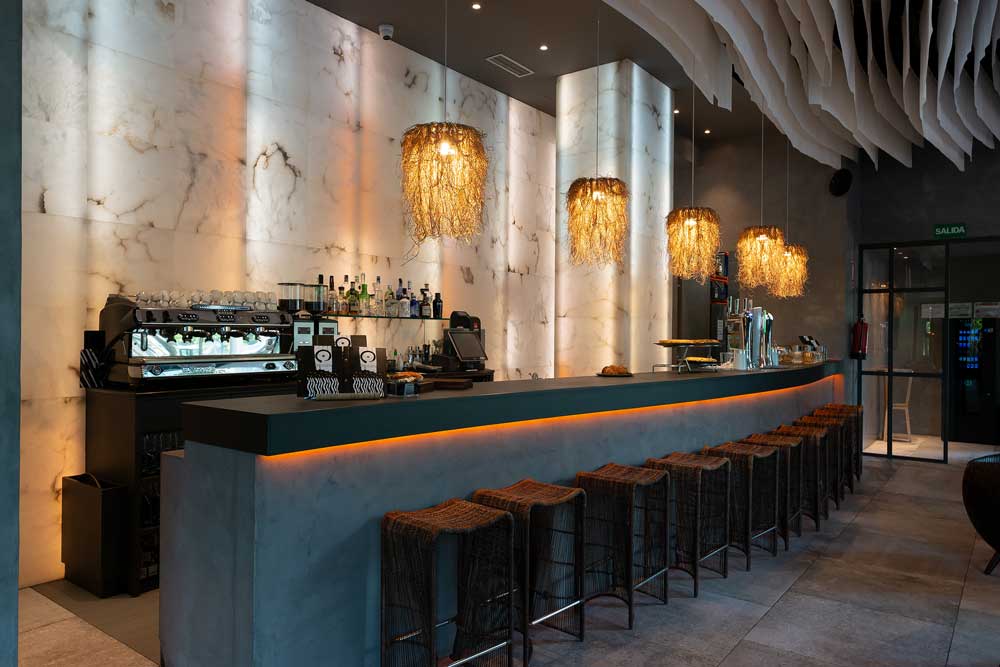
Changing the mood or the perception of the space
A simple change in intensity or colour temperature can have an enormous effect on our perception. In the case of entertainment establishments, restaurants and bars, the variations throughout the day, with brighter and more energetic light during the hours of sunlight and a more diffused and warmer light from sunset onward, for example, can have a direct effect on users and their consumption habits.
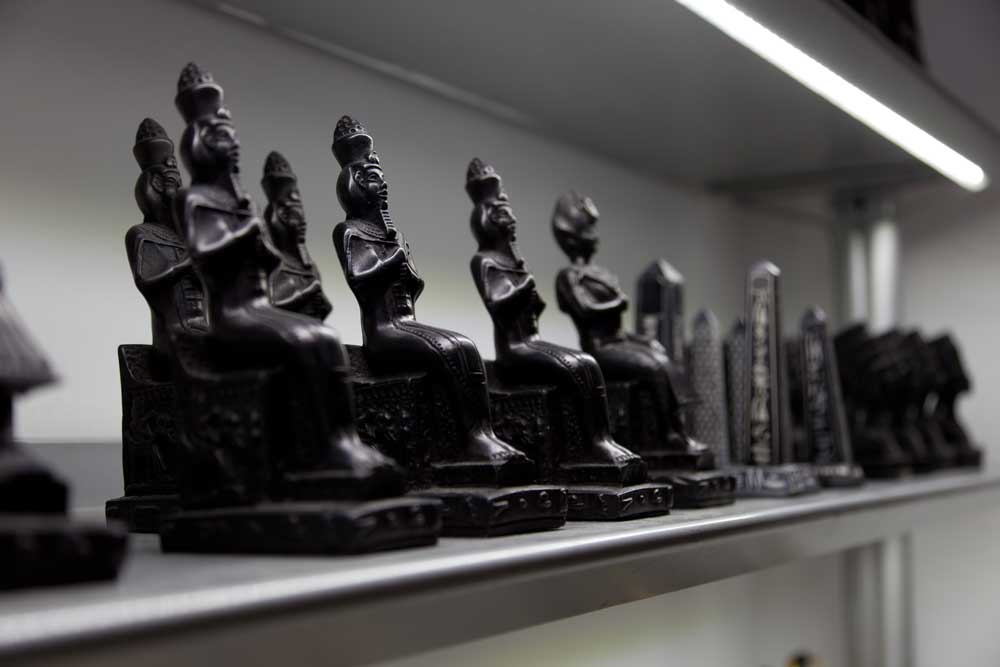
Highlighting products, objects and works of art
In commercial and leisure and entertainment sites, shop windows and hospitality centres, yet also in museums, the use of dynamic lighting, whether in white or other colours, enables us to emphasise the objects on display, guide the visitor and communicate brand identity. It also enables us to evoke a given mood or recreate an inspiring environment, reinforcing the story that is being told. In commercial architecture, LED lighting can be truly dynamic, allowing for virtually infinite variations in colour temperature, colour reproduction and saturated colour.
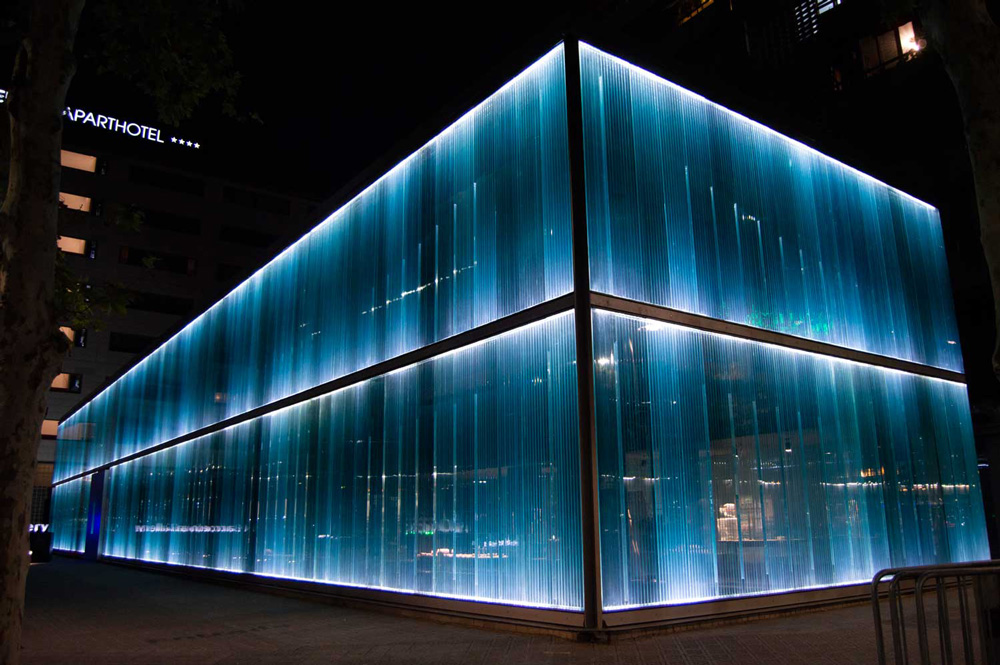
Dynamic lighting for outdoors and façades
The advantage of implementing dynamic lighting in urban spaces is its capacity to generate a visually more alluring and sustainable setting. Though it is advisable to avoid bombarding the senses when calling people’s attention, dynamic lighting improves the use of the spaces, and cities are opting for permanent and temporary lighting installations, thanks to their ability to attract visitors.
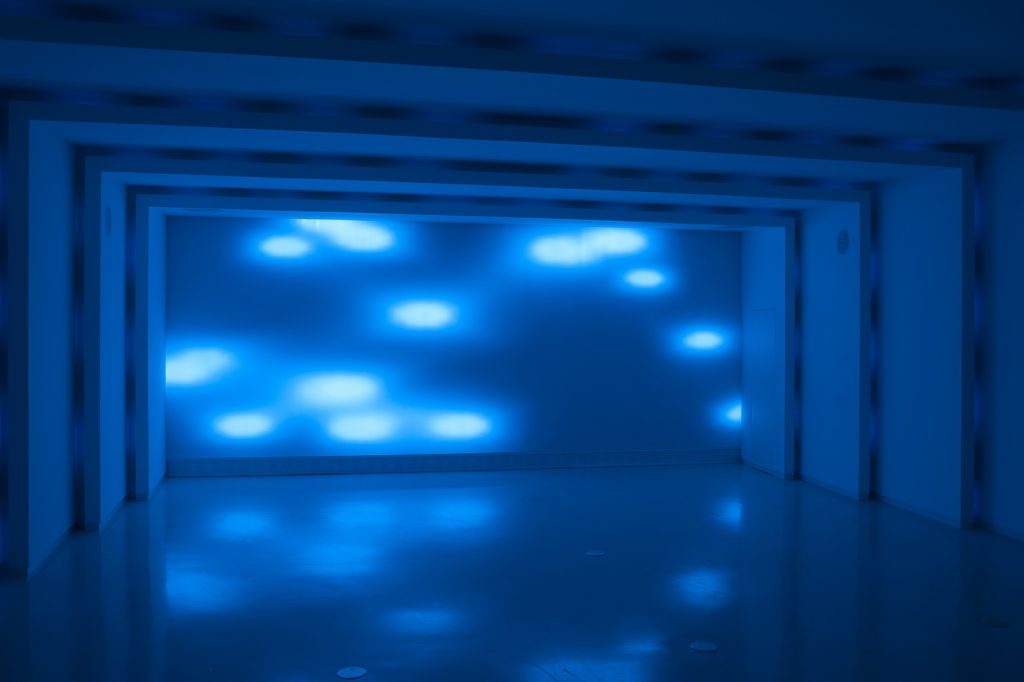
Lighting and music
The design of dynamic lighting is closely related to music, as a sequence of dynamic patterns, rhythms, phrases and events that take place in time. Moreover, light and sound are two materials that when brought together mutually reinforce one another and enhance our sensory experience. As a result, it is hard to find music without dynamic lighting, which is essential at concerts, events and discotheques.
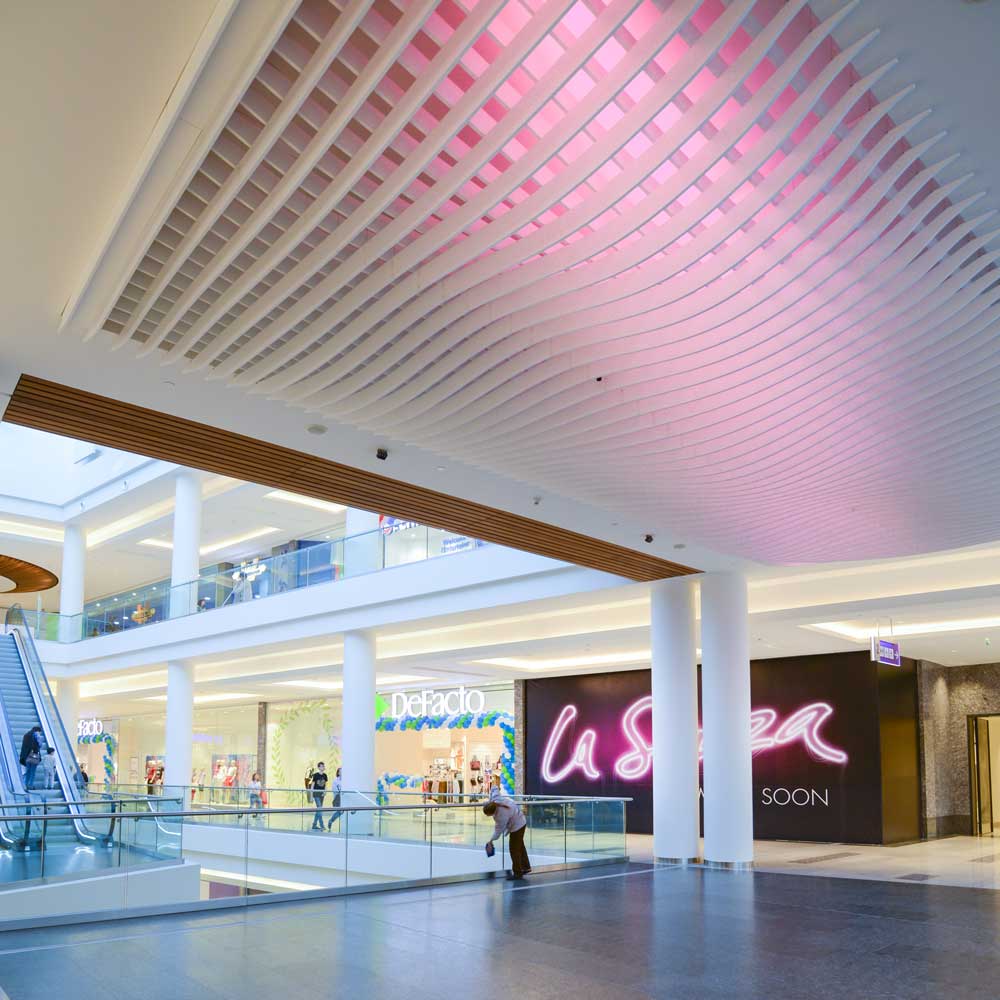
How to design dynamic lighting
Dynamic lighting requires careful planning to ensure that it satisfies the needs of the people, the space and the intended uses of the space. It is a detailed process that will generate a flexible space envisaged to improve the human experience; a space that can be adapted to new uses and new technologies. The idea is not to play with flashy lighting effects that can ultimately become tiresome, but rather to plan out a lighting that provides real added value to the space and the users.
Hence, the first step is to understand the needs of both the space and the user. Next, the different settings of the space must be defined, documenting and discussing them with the client who will be using the space. The following step is to decide on the most suitable type of dynamic lighting and the control system, as well as defining whether the dynamism will be automatic or whether it will require some sort of user interaction. Finally, the envisaged settings will be viewed, making any necessary adjustments during construction.

